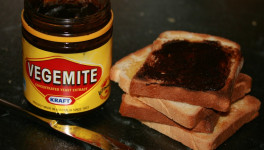A delegation of the Belgian food industry recently joined an economic mission to Australia, which is currently our 5th overseas export destination. An export market with a clear potential for Belgian food & drink companies: high time to explore the land Down Under! We discovered a hugely inspiring food culture, at the forefront off all latest trends.
Australia may be described as “a European country in an Asian context”. It is the country of the most ancient of all peoples and a melting pot of cultures, caused by almost 300 years of immigration. The goldrush came and thousands of English-, Irish- and Scotsmen tried their luck in Australia and ended up staying. During the mid-nineteenth century, people from all over the European continent found a new home there, establishing amongst others strong Italian and Greek communities.
More recently, there has been an influx of Asian people, which translates into a unique food culture: Australia, where the old meets the new. Spotted: 5 delicacies to look out for.
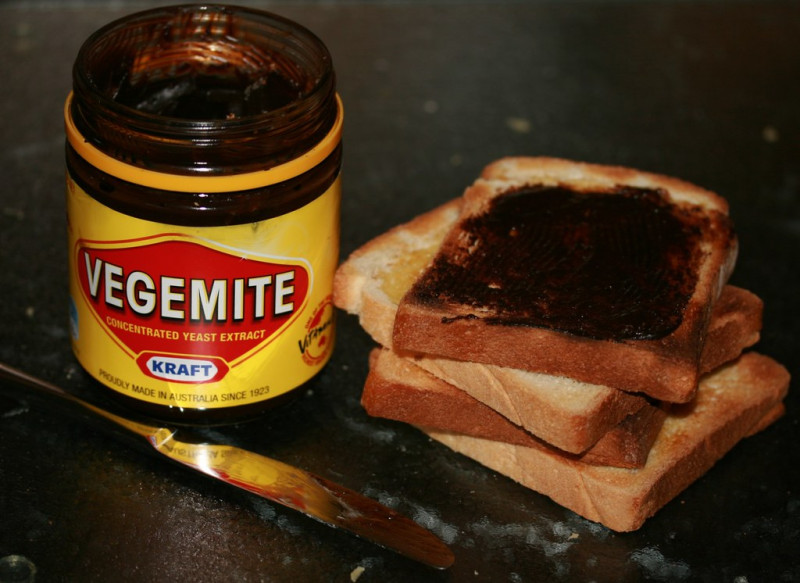
1. Vegemite
This spread is the epitome of Australian food. It i’s made from yeast extract from beer, vegetables and spices, and is used on sandwiches, toasted bread, crackers and pastries. It is an understatement to say that vegemite is an “acquired taste”, but definitely a must try when in Australia!
2. European Classics
In Australia, European descendants have been producing prosecco, mozzarella, feta, and products alike, following the recipe of their mother lands. These food & drinks are part of their identity and bear a strong emotional value. It should thus not be a surprise that the negotiations on an EU-Australia trade agreement failed due to -amongst others- the European demand for the Australian producers to give up their naming rights on products with an EU geographical indication.

3. Aussie food
On the other hand, European products have a hard time conquering the Australian market. Australians are chauvinistic, and Covid strengthened the awareness on producing and buying local. However, given the strong European connection, there is a huge potential for authentic products. Because of the opposite seasons, Australia also imports a lot of frozen fruits and vegetables.
4. Fakeaway
The economic crisis also hits Australia and puts consumers’ purchasing power under pressure. That is why Australians nowadays choose more often to cook and eat at home, instead of going out. However, they still love the experience of eating something you do not make on a regular basis. Food producers cleverly responded to that trend by creating home-cooked dinners that feel just like a nice night out. Fun fact: our prepared meals are a hit Down Under!
5. Natural, probiotic HiProtein veggie chips
At the East Coast, consumers are on trend. All upcoming trends we spotted at Anuga earlier this year are well-established here. In Sydney, “mens sana in corpore sano” is the way of life. Their range of functional foods is unparalleled. Forget organic, vegan or free-from products, that is old news out there. What about “smoochy” (smooth and crunchy) peanut butter with extra proteins, raw milk powders, detoxers, gut stimulators, coffee concentrates, “nocktails” and “not soda’s”? Foodies have the time of their lives just strolling through Australian food shops and falling from one discovery into another!
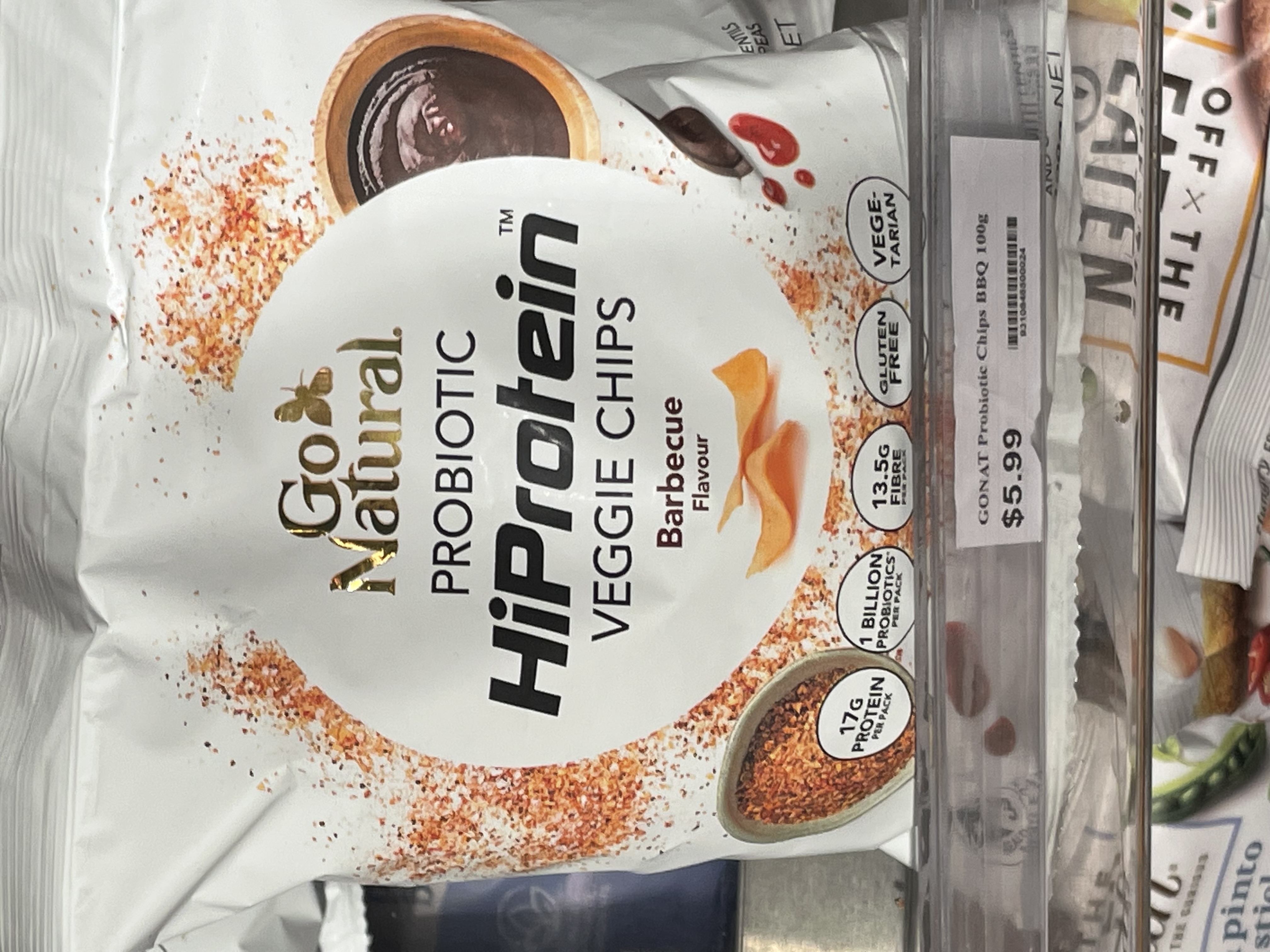
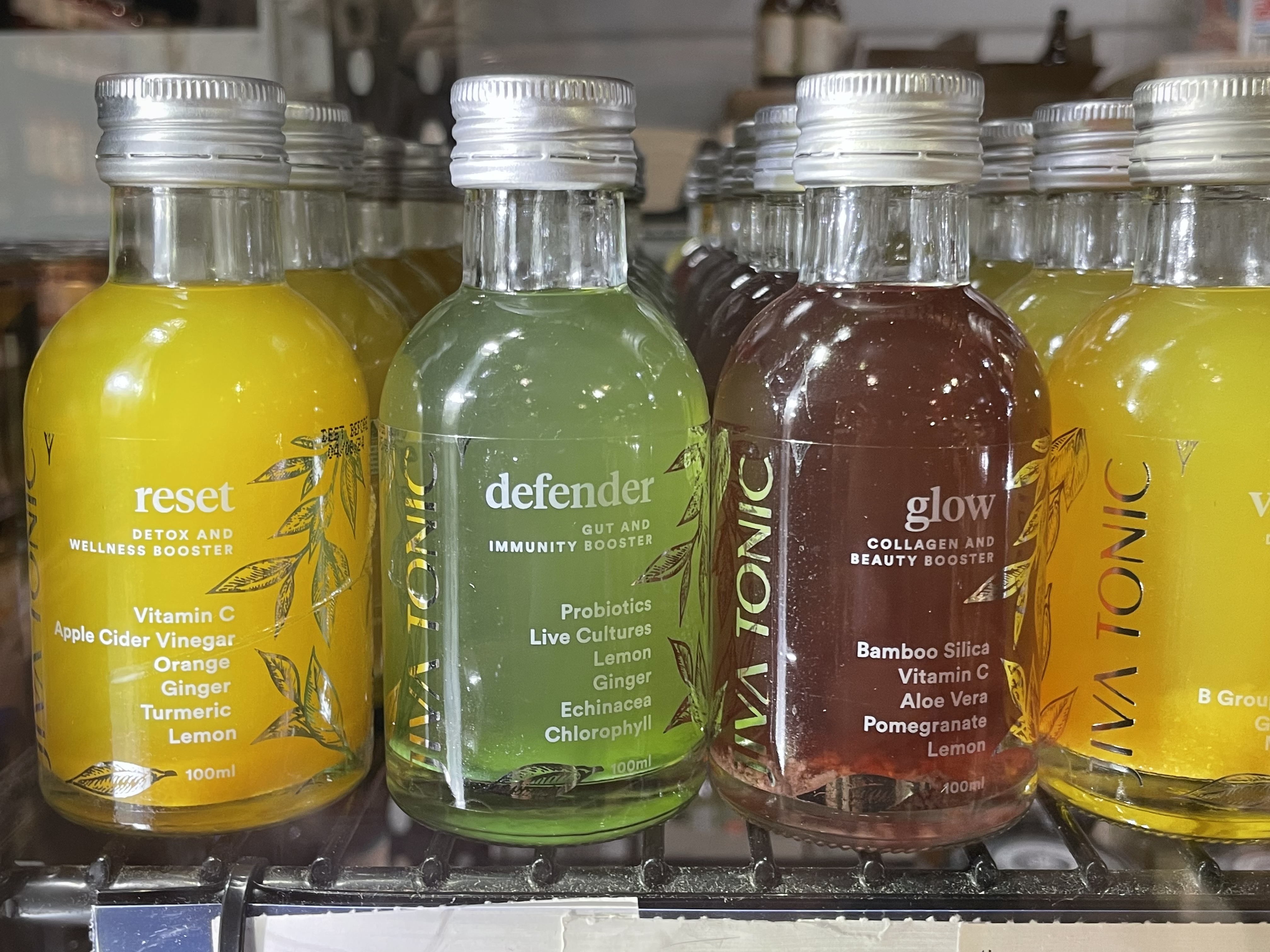
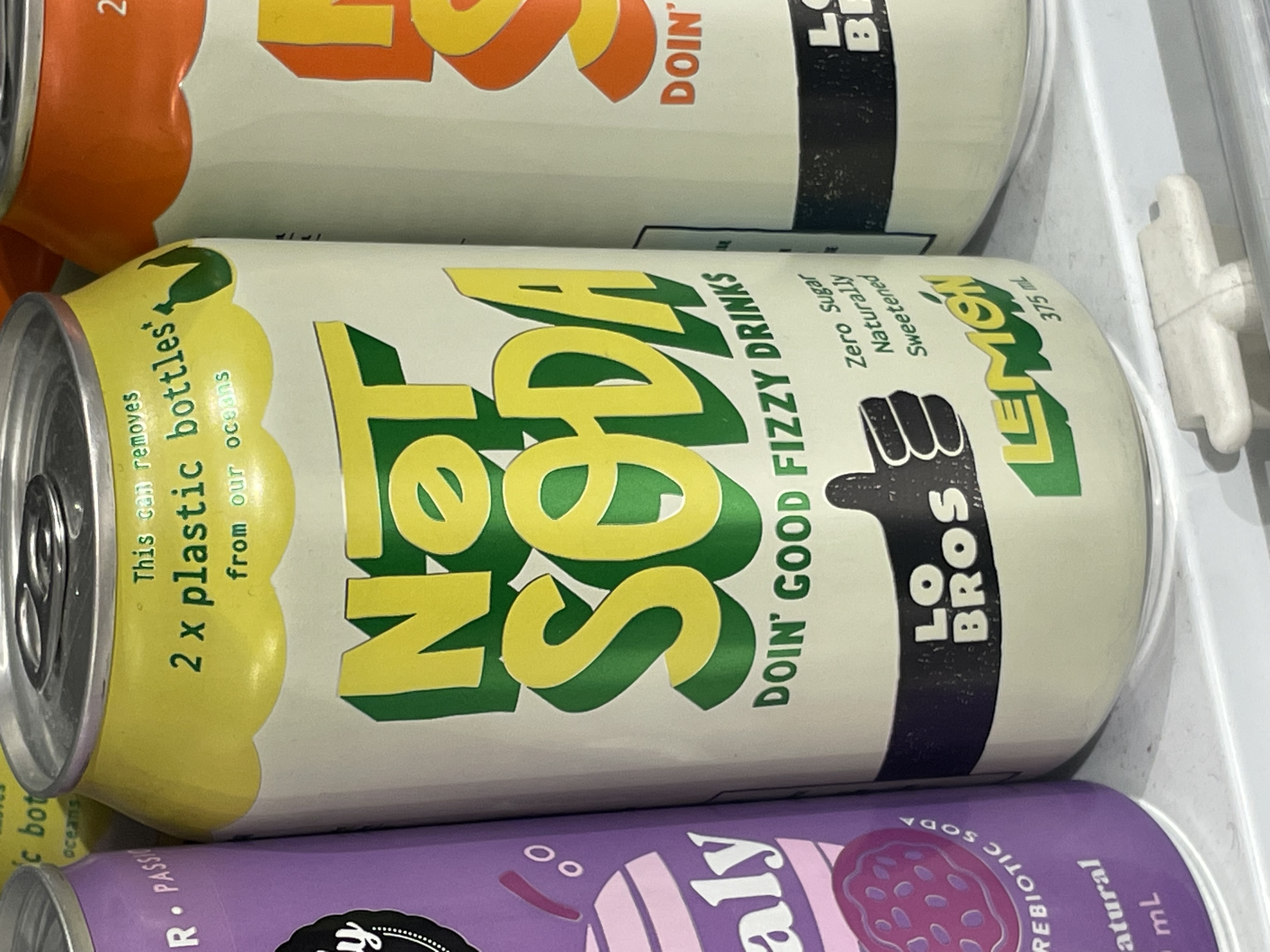
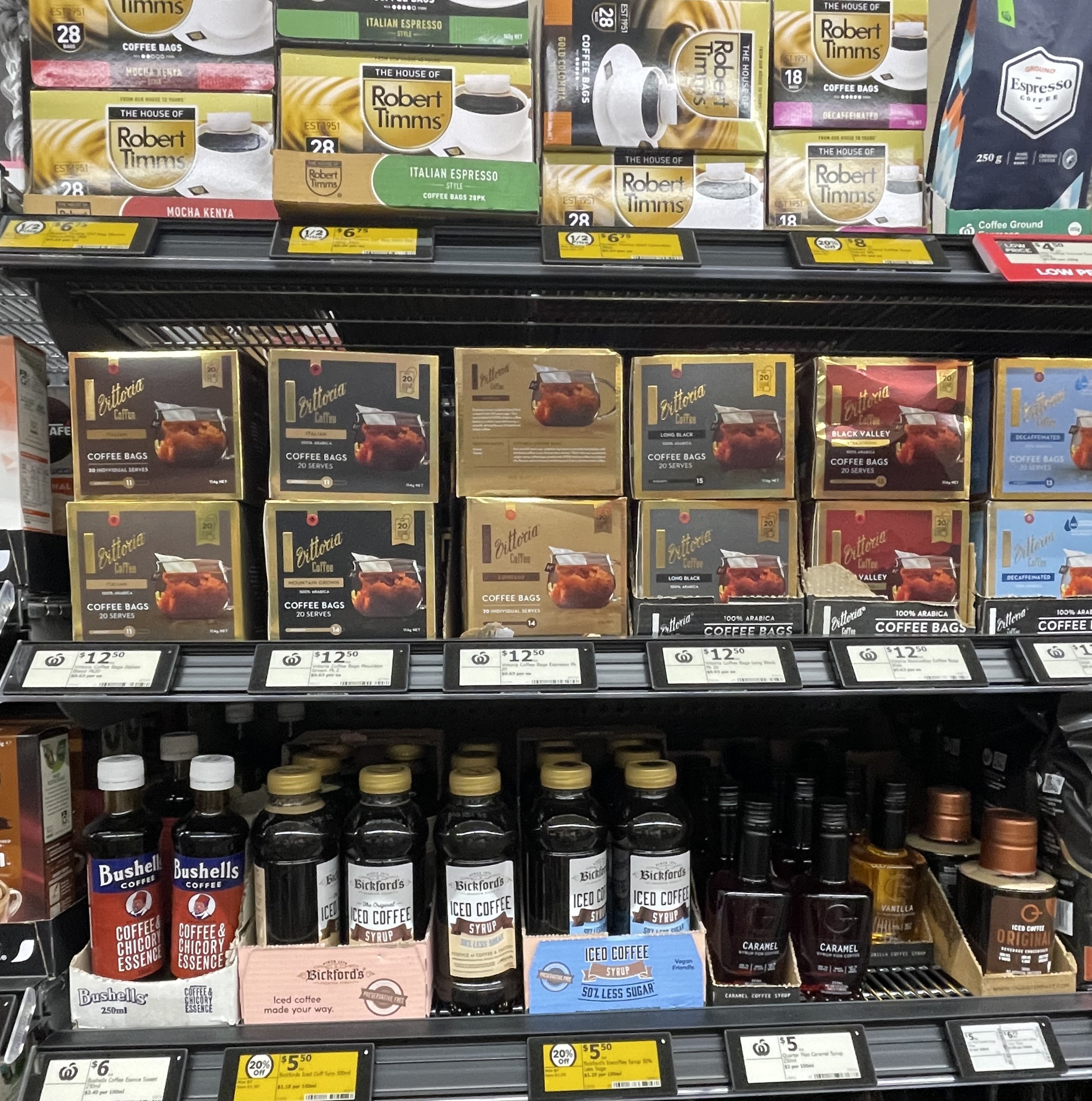
What to take away from all of this?
Europeans are more traditional in their food & drinks, and especially during economically challenging times there is less room for producers to pick up on global trends. However, this is the time to learn from others and assess what might work on our market. And what better place to get inspired than in the land Down Under?
Also read: Belgian food exports to Australia are on the rise


